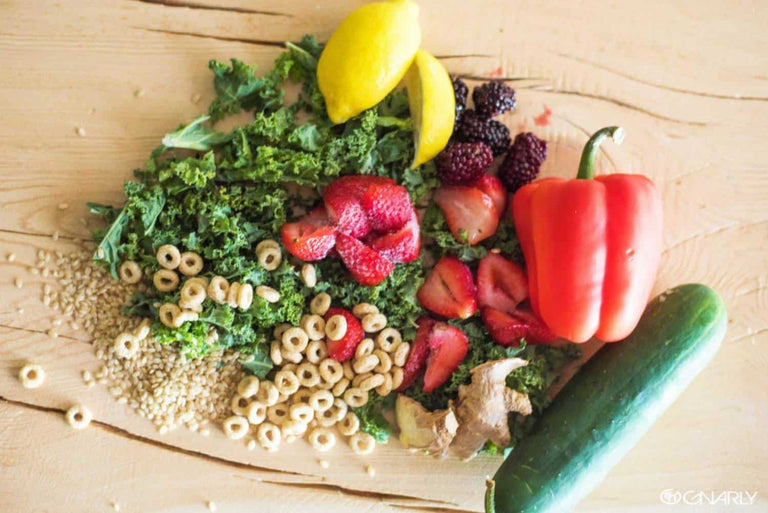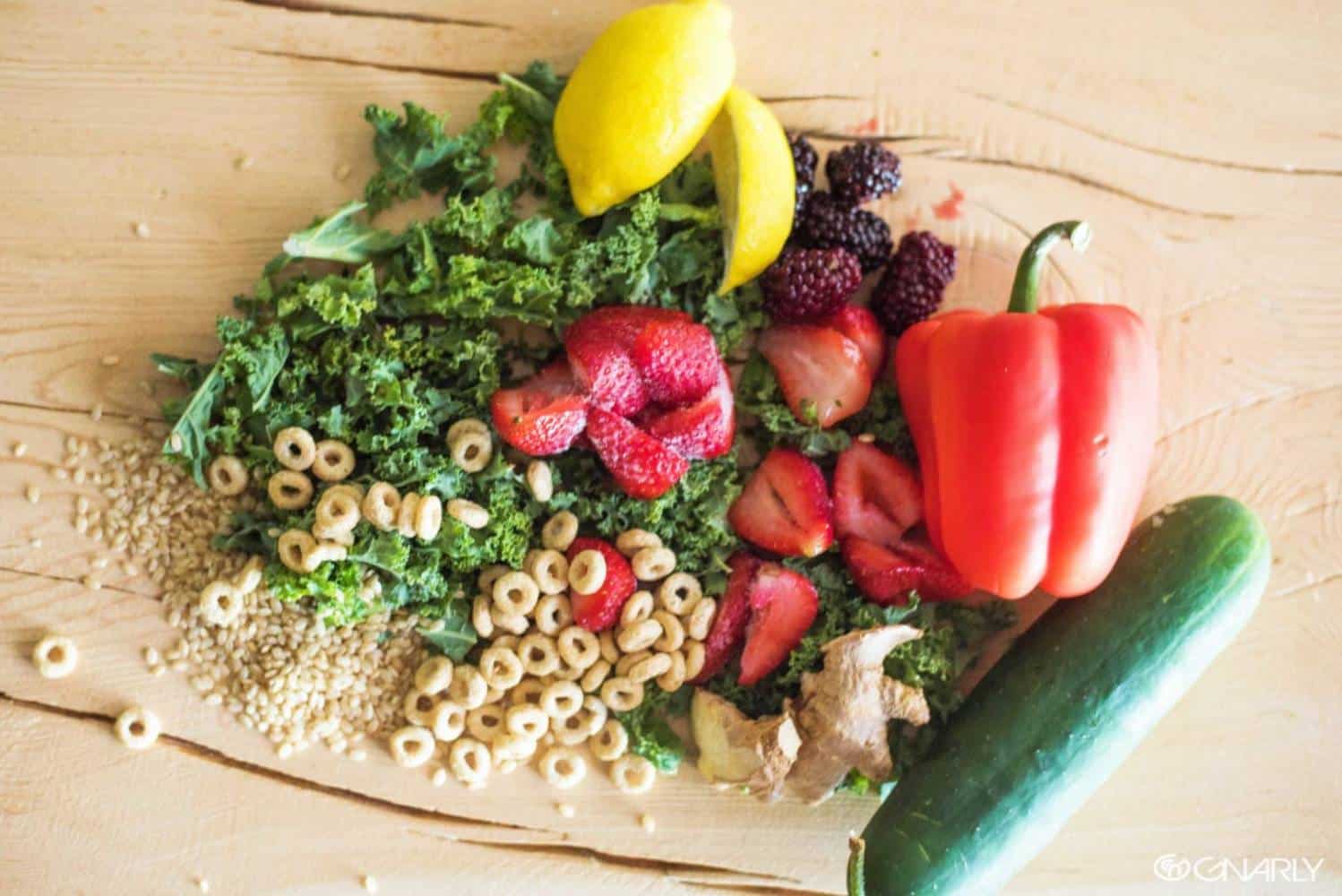For so many reasons, shopping can be an ordeal. For one thing, you’re probably trying to save money – fully conscious that the store is working against you in this regard. But, of course, you’re also trying to make decisions that will contribute to the health of you and your family. While “healthy eating” means something different to everyone – whether you eat organic or paleo or gluten-free or low-carb or low-fat or some other combination – there are still some basic principles you can use to help guide your decisions at the grocery store. Here are just seven secrets to healthy shopping.
- Shop the perimeter – Regardless of where you are, grocery stores tend to following a pretty predictable layout. Of particular interest to the healthy shopper are the outer edges of the store – where the fresh stuff lives. Here, you will find the fruits, vegetables, meats and seafood. In some stores, this will also be the area given to the bakery and dairy section. The inner aisles, though, are where they put all the processed stuff – which a few exceptions like canned and dry goods.
- Plan ahead – Your pre-shopping preparations should include, not just making a list, but also deciding on the exacts meals that you’re going to make that week. If you head to the store without a definite plan, you’re likely to make impulse buys. And grocery stores are very strategically designed to trick you into buying things you most likely do not actually need, or grabbing more expensive versions of the item you came for. This is done with the price – not health benefits – of the item in mind.
- Go for variety – Especially when it comes to fruits and vegetables, variety is key. Not only does it make things more interesting, but various produce contain different nutrients. To make sure that you’re getting a balanced supply of everything you need, mix it up. Even when it comes to plan old salad, don’t feel like you have to be locked into lettuce – grab an assortment of different greens.
- Think ahead – Some foods keep better than others, so consider shelf-life when you’re making your decisions. Leafy greens and thin-skinned berries will go bad fast so, if you pick these up have a plan to use them quickly. Plenty of things, including proteins can be frozen for months, though. This is a great way to make sure you always have something ready, just in case. If food in your house starts to run low, or just become unappealing, there’s a strong chance you might turn to eating less healthy options out. Do you’re best to avoid that.
- Don’t be afraid of cans – Along the same lines, canned food can be a great way to have vegetables – or even some proteins – ready to go when you need them. Canned foods have the same nutritional value as fresh, even though they might not always look as appealing. A warning, though: Canned goods can be pretty high in sodium and other preservatives, so be mindful of that when making your choices.
- Stay educated – As mentioned earlier, everyone has different definitions of what is a healthy diet. Know yours and know the thinking behind it so that you are fully prepared to reason on whether or not certain foods fit into your plan. Make an effort to keep learning about new foods or recipes that you can work into your routine.
- Think outside the store – Farmers’ markets are becoming an increasingly popular way to purchase quality, local foods at pretty reasonable prices. Do some research about farmer’s markets in your area and make an effort to get there when it’s available. Some areas also have slaughterhouses where you can find fresh, local meat – sometimes even cut to order – at much lower prices than you’re likely to find elsewhere.




